Affiliate disclosure: This post may contain affiliate links. Please see our Privacy Policy.
Raising backyard chickens can be both rewarding and incredibly satisfying, and they’re one of the few “pets” that actually earns their keep.
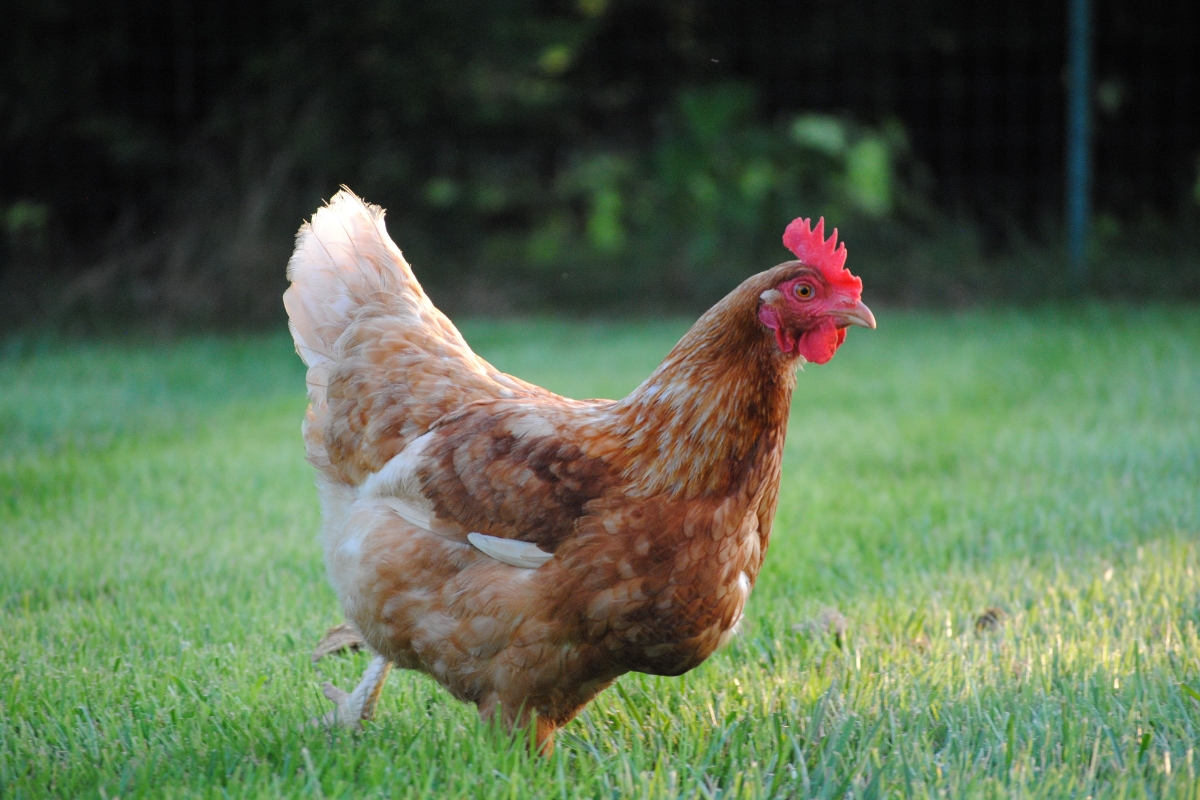
People raise a lot of animals that don’t really give anything back—cats, dogs, fish, and birds for some people, and more exotic pets for others. On the farm, animals need to offer something in return for their upkeep, and chickens are a great choice.
You’ve likely watched the price of eggs rise to exponential price points recently, so that’s one good reason. Even with only one hen, if she lays well, you could get up to five eggs per week from her. Two hens could provide up to a dozen a week, so the chicken math goes.
We’ve seen the same rise in meat prices, making raising harvestable chickens a another good reason to raise chickens. Most chickens are ready for harvesting by six to seven weeks from their hatch date, but some larger breeds take as long as eight months.
The argument is often made that, by the time you add the cost of feed and upkeep, it’s just as cheap to buy the eggs and meat. However, price isn’t the only reason we raise chickens and harvest eggs and meat.
The quality of farm-raised chickens, and the sustenance you get from them, is far superior to that of commercial companies. You’ll know that your birds were treated humanely and well and that the meat and eggs aren’t chocked full of chemicals or injected with water for a higher weight yield.

Questions to Ask Before Raising Chickens
Before you dive into becoming a chicken farmer, even on a small backyard scale, there are some serious questions you should ask yourself. These questions are necessary because many folks have set up a coop and bought chickens only to find the lifestyle wasn’t right for them.
You want to succeed, of course, but being realistic can be the best first step any homesteader undertakes. After all, if chickens aren’t suitable for you, you can likely barter with someone who has the gift so that everyone benefits.
In the meantime, here are a few hard questions to get started.
Are you comfortable handling animals?
You will handle your chickens a lot, especially if they need medical attention, which happens occasionally. Being comfortable handling your chickens can mean they live a longer and happier life, and you’ll find that most chicken breeds are wonderfully social pets.
But with animal handling comes the potential repercussions, like getting pecked, pooped on, and flogged, especially during wing-clipping season. And yes, if you want to keep them from flying out of their yard, you have to clip their wings. And yes, there is the potential for injury if not done correctly.
Can you Handle a daily commitment?
Animal handling also comes with a hefty daily commitment, with no vacations, sick days, or holidays. You’ll need to feed, water, and clean up after your chickens every day, even in the rain, snow, sleet, and hail. Even on Sundays. And unless you want to leave eggs for a broody hen, you’ll need to gather eggs every day too.
If you do need to go out of town, you’ll have to get someone to care for them while you’re away. That can be harder than finding a cat or dog sitter.
Still, most people have a friend or family member who can come and do the things that need to be done while you’re gone. You may even be able to barter that day’s eggs in exchange for their service.
Are you ready for a long-term commitment? (Or freezer camp)
Did we mention that in addition to being an everyday commitment, it’s also a long-term one? Chickens have natural lifespans that range from five to eight years.
The “productive” lifespan of a laying hen is usually only about 3 years, which means you’ll need to tend a lot of ladies in retirement or be ready to harvest them for meat at that point.
I’ve found that most backyard chicken keepers don’t have the space to keep retired, unproductive hens, but they also don’t want to have to deal with processing them for meat. Most post them for free to town email lists, bulletin boards and Craigslist. We’ve filled our freezer at least a dozen times by picking up retired laying hens.
Know that if you give them away, someone else is going to do the dirty work for you and it’s unlikely that your pets are going to live out their days on pasture on someone else’s dime.
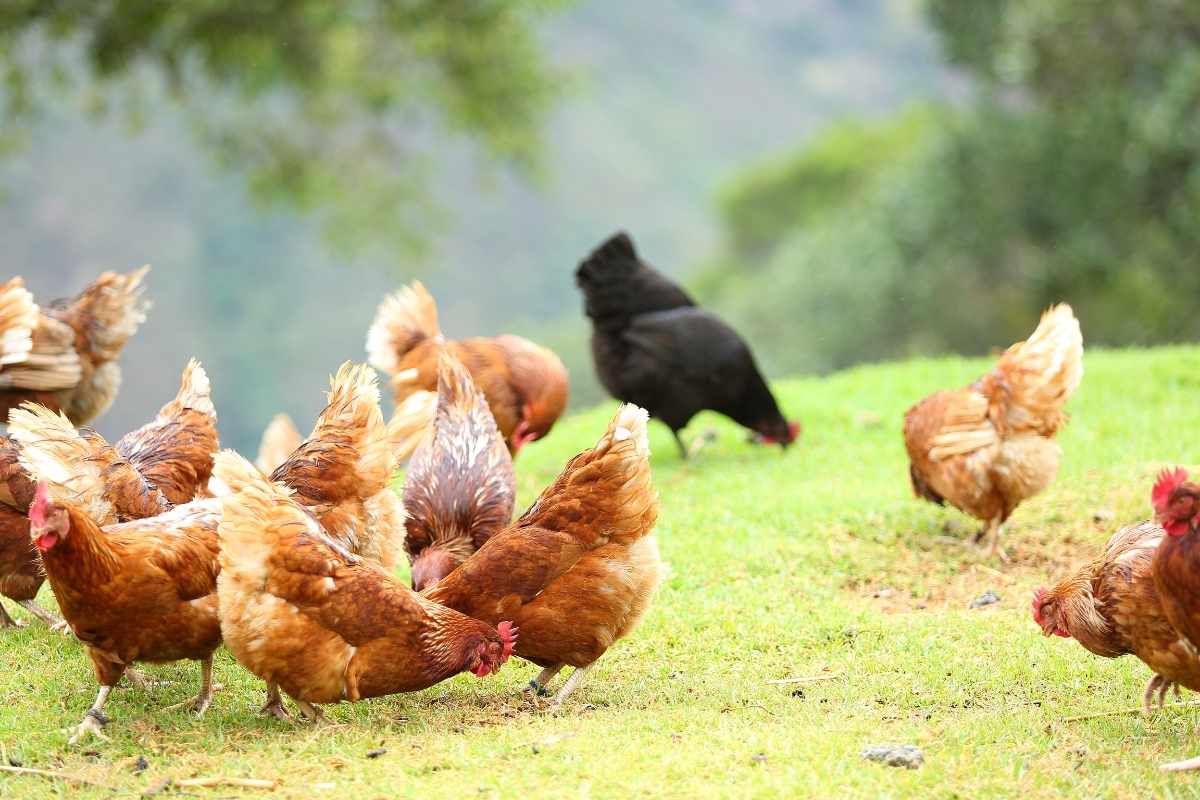
Best Chicken Breeds for Beginners
As a beginner, finding out which chickens will be best for you has a lot to do with your goals. For instance, are you using your chickens for egg or meat production?
Beginner Egg Laying Chickens
If you’re looking for lots of daily eggs, consider breeds like:
- Australorps (300+ eggs per year)
- Plymouth Rocks (280+ eggs per year)
- Rhode Island Reds (250+ eggs per year)
Chickens that Lay the Most Eggs
And for the highest egg production, common breeds include:
- Goldline (Hybrid) (up to 320 eggs per year)
- Golden Comet (up to 300 eggs per year)
- White Leghorn (up to 300 eggs per year)
- Rhode Island Red (up to 250 eggs per year)
- Sussex (up to 250 eggs per year)
Colorful Egg Laying Breeds
For colorful egg production, with blue, pink, and green eggs, opt for:
- Araucanas and Americanas (for blue eggs)
- Easter Eggers (for green, rose, blue, sage, olive, brown, and cream-colored eggs)
- Penedesencas (for the darkest brown eggs of any breed)
Beginner Meat Chicken Breeds
If you prefer to raise chickens for meat, some great breeds include:
- Cornish Cross
- Orpington
- Jersey Giant
It’s important to remember that for the best egg production, you must feed your chickens a nutritionally balanced diet with enough protein for their breed. Therefore, you may have to feed meat chickens a little extra and add more protein.
For instance, many Jersey Giant owners will feed a 16% protein pellet up to a certain age, then add a chick mash with more protein to bring them up to weight for harvesting. This schedule is just an example, as not every chicken owner uses the same methods for their flock.
How to Buy Chickens
There are four ways to buy chickens, each of which has different requirements. However, after considering everything, you may find one that works better for your needs.
Hatching eggs ~ This method is the most time-consuming because it requires an incubator and about three weeks of daily egg tending before they hatch.
Buying chicks ~ You can buy directly from hatcheries or other farmers, depending on your need. Hatcheries ship live, usually when chicks are a day old.
Buying pullets ~ A “Pullet” is a general term used to describe any hen under one year old, but the pullet stage starts at 12 weeks. So, if you’re buying pullets, they will be at least 12 weeks, but not yet one year old.
Buying Full-Grown Hens ~ You can also buy full-grown hens that are already laying or ready for harvest. This route is the most expensive method but saves the trouble of raising and feeding before seeing a return on your investment.
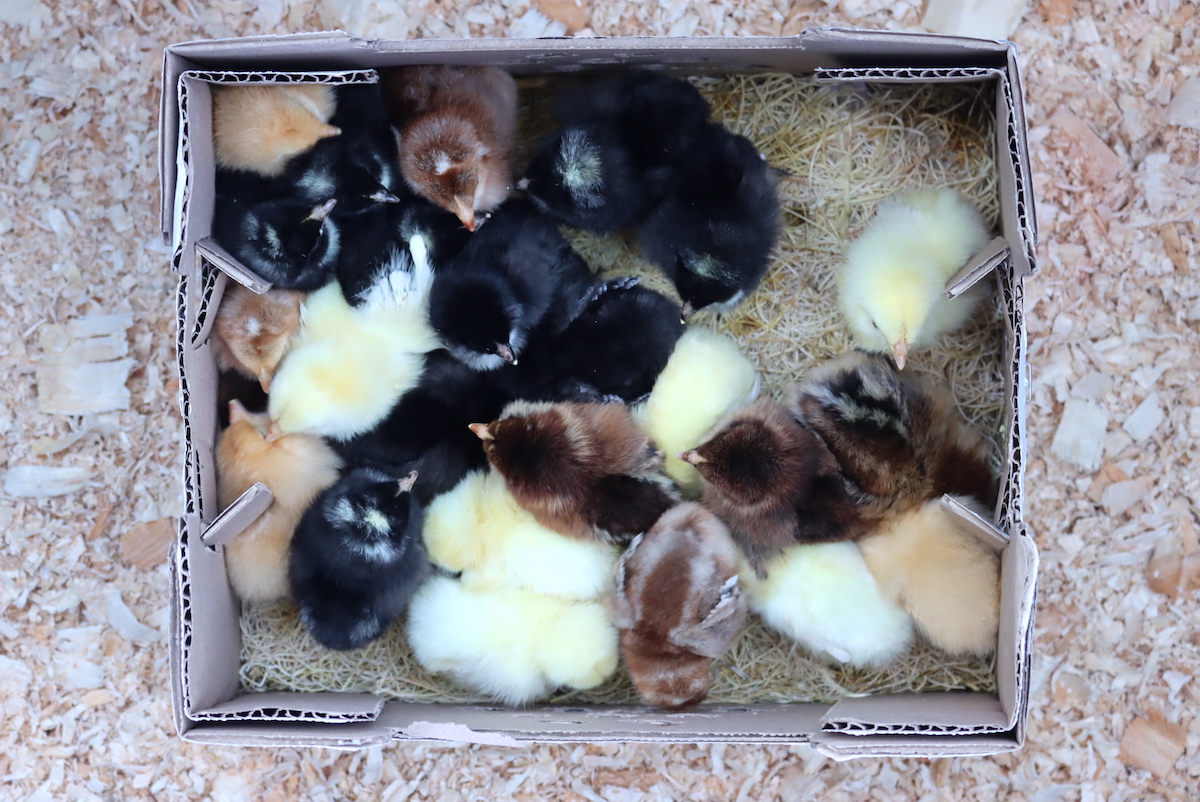
Straight Run or Sexed
If you order chicks from any hatchery, you’ll notice they sell “straight run” or “sexed” chicks, but what’s the difference?
Straight run means you’ll get chickens that haven’t been sexed, so you don’t know up front whether they’ll be hens or roosters. Sexed chickens have been separated based on male and female, so you’ll know exactly how many of each you’ll get. For beginners, we recommend only one rooster for every six to ten hens to avoid injury to your hens.
If you have intentions of raising chickens for both meat and eggs, always choose straight-run chicks when you buy. They’re less expensive, and you’ll be processing them before they start to develop rooster like characteristics (or flavor in the meat). Just keep the hens for eggs, and process the extra roosters as soon as you can identify them. In most breeds, they’ll be bigger, have larger tails and combs, and start to crow.
Do You Need a Rooster for Eggs?
Technically, hens don’t need a rooster to lay eggs, and your hens will lay eggs without a rooster in the coop. That said, roosters do have benefits.
Roosters help keep the pecking order in line, so there are fewer fights between hens. They also help the hens find food when foraging, and defend them from predators.
Even with a fenced-in coop, some predators can make their way in. But a good rooster will stop many of those attacks even before they start. A rooster will keep a keen eye out while foraging with his girls, call the hens over to tasty bugs, and offer fertilized eggs if you sell them or give them to a broody hen to keep the flock going.
Some people also believe that hens put more energy into fertilized eggs, meaning they’ll have more nutrients and be healthier to eat. The science is still out on that one, largely because there haven’t been any studies on it (yet).
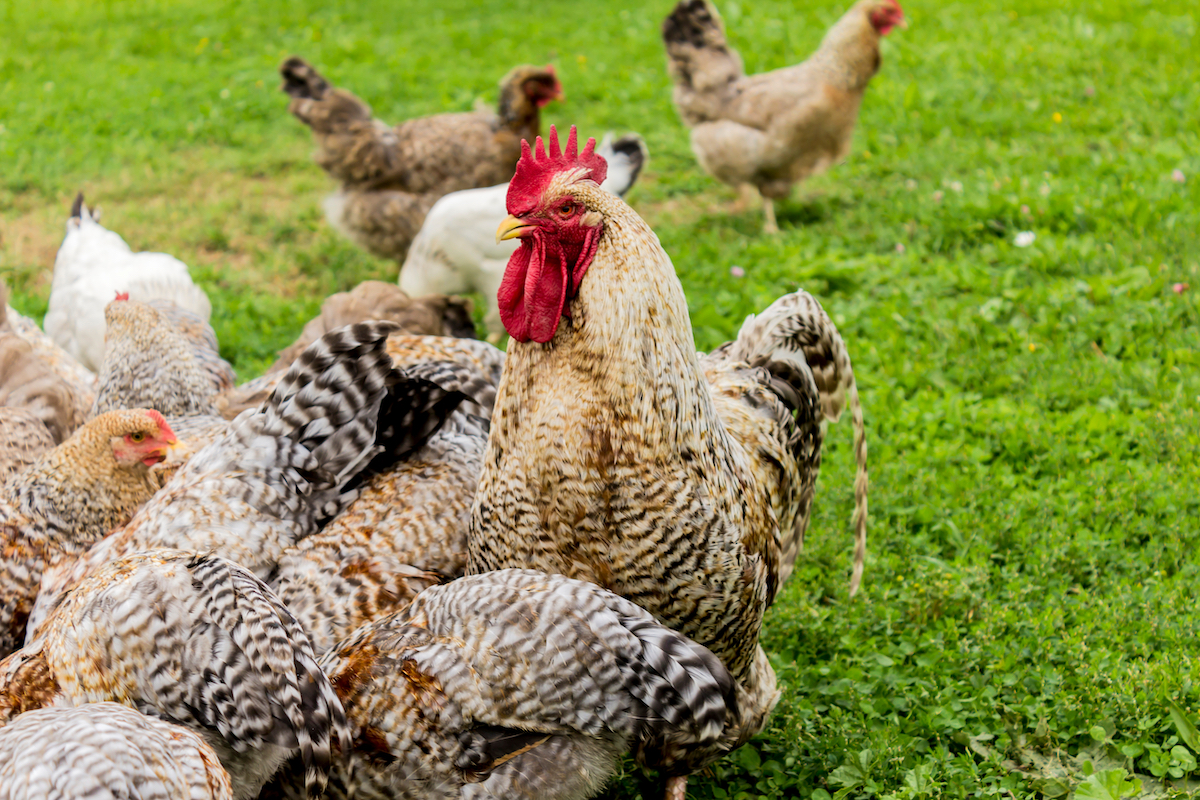
Raising Chickens
Once you order your chickens, you’ll need to cover all their basic needs, including housing, food, water, nesting, bedding, and medical needs. Again, these needs are basic and only differ slightly between chicks, pullets, and grown hens or roosters.
Housing Chickens
For the basics, you’ll need roosts, nesting boxes, floor space, and a certain amount of outdoor space for foraging and sunlight requirements.
How Much Space do Chickens Need?
One of the most commonly asked questions is how much space chickens need. Many factors can come into play here, including whether chickens will be allowed to free range during the day or kept in their area. Some use chicken tractors, small runs, and other means to allow for foraging, and these can all affect the space requirements.
Small Bantams and Medium Bodied birds need at least 4 square feet of coop space per bird, and 8 square feet of run space per bird.
Heavy bodied breeds that top out in the 10 to 15 pound range need more space, and you should allow for 8 square feet of coop space and 15 square feet of run space per bird.

What Kind of Roosts do Chickens Need?
The roost should be at least two to five inches in diameter and very stable, avoiding materials like plastic or metal. These can become slippery, leading to falls, bumblefoot, or lesions that lead to infection. Also, chickens who have to fight to maintain their roosting position can’t rest well.
Some people use two-by-fours or branches since chickens don’t wrap their toes around the roost the same way wild birds do.
Be sure to allow for about 1 foot of roost space per bird, and a bit more space if you’re raising large bodied birds.
Nesting Boxes
Nest boxes should be comfortable and secure, which means a cubic foot of space should be enough room. They should also be stable for the chicken’s safety, easy to clean, and at least 18 inches off the ground. This height is enough to ensure the other chickens don’t scratch around the eggs, walk over them, and potentially break them.
It’s essential to provide at least one nesting box for every six chickens but always have at least two boxes at a bare minimum, no matter how small your flock. We recommend pine needles or shavings, straw, or dried leaves to line your nest boxes. Be sure to keep the boxes clean, dry, and in the darkest part of the coop, where your chickens feel secure and hidden.
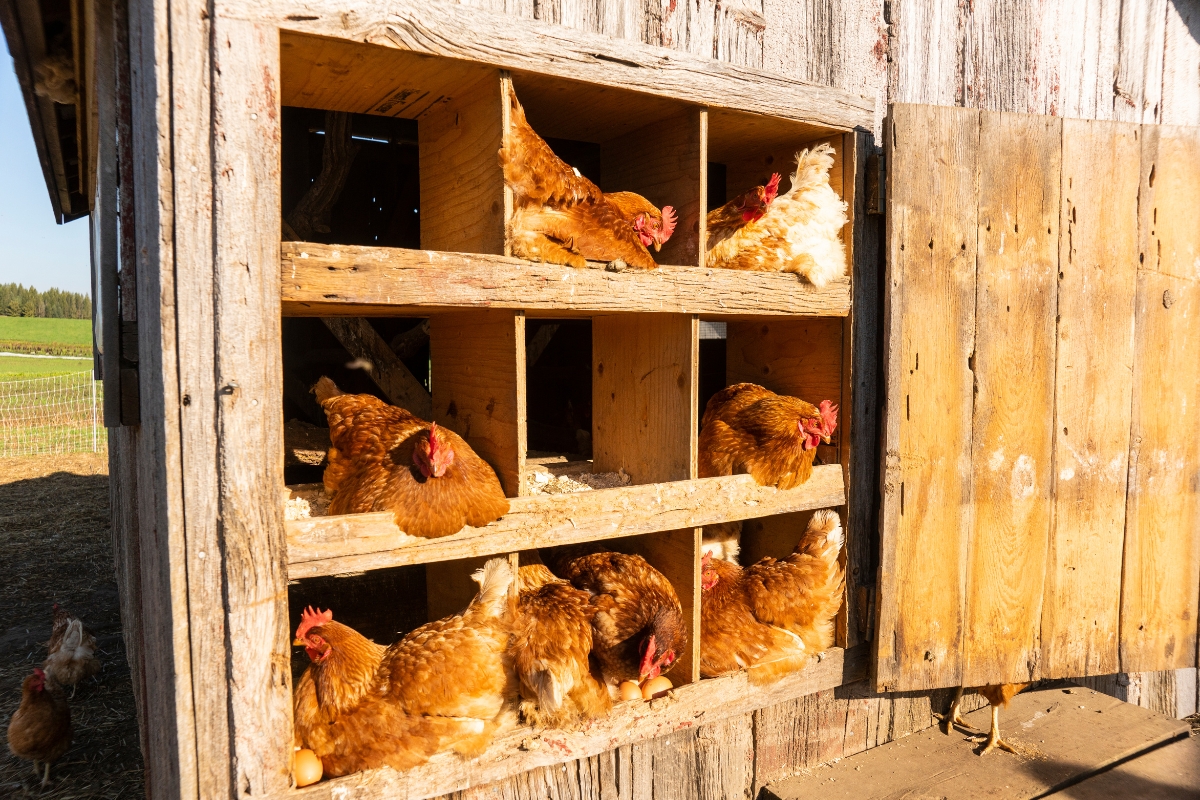
Bedding
Bedding, also known as litter, is a necessity in your coop for security, safety, and easy cleanup when necessary. In addition, it gives your chickens a secure footing, which means fewer injuries and the expensive medications that can lead to. Each bedding type has pros and cons, so choose one that best fits your needs. Here are a few considerations and how they could work for you:
Pine shavings – This popular bedding option is easy to find, dries fast, and doesn’t break down too quickly.
Cedar Shavings – These work the same way pine shavings do, but with a much stronger scent and a higher price tag. Another benefit is that they act as a natural insect repellent, though most farmers avoid using them with young chicks to protect their respiratory development.
Straw or hay – A standard on the farm, straw or hay offers a springy texture that many chickens find appealing.
Sand – It isn’t the most common litter choice, but if you maintain and clean it diligently, you’ll only need to replace it once or twice a year, which can offset the added upfront cost. Sand works best in warmer climates, and won’t keep them insulated in the cold like shavings will. But, sand dries fast, is easy to rake, and doubles as the perfect dust bath material. If you choose to use sand, be sure to opt for builder’s sand instead of sandbox sand, which often clumps up.
Shredded leaves/grass clippings – These make good potential bedding options, but be careful when using them. They tend to retain a lot of moisture which can be slippery for your chickens, causing bumblefoot in younger chickens. Also, with grass clippings, it’s crucial to ensure you source them from someplace that doesn’t use herbicides, pesticides, or other chemicals that could harm your chickens.
Predator Protection
Safety from predators is another critical factor to consider when you prepare housing for your chickens. They should be safe from dogs, foxes, coyotes, raccoons, opossums, and weasels, to name a few. For many coops, regular chicken wire with a hexagon pattern will suffice.
However, if you want to guard against even smaller predators, such as snakes and mice, we recommend at least a half-inch welded wire, also known as hardware cloth. It’s not cloth at all, of course, but it’s very effective and safe, offering top-of-the-line protection for your chicken investment.
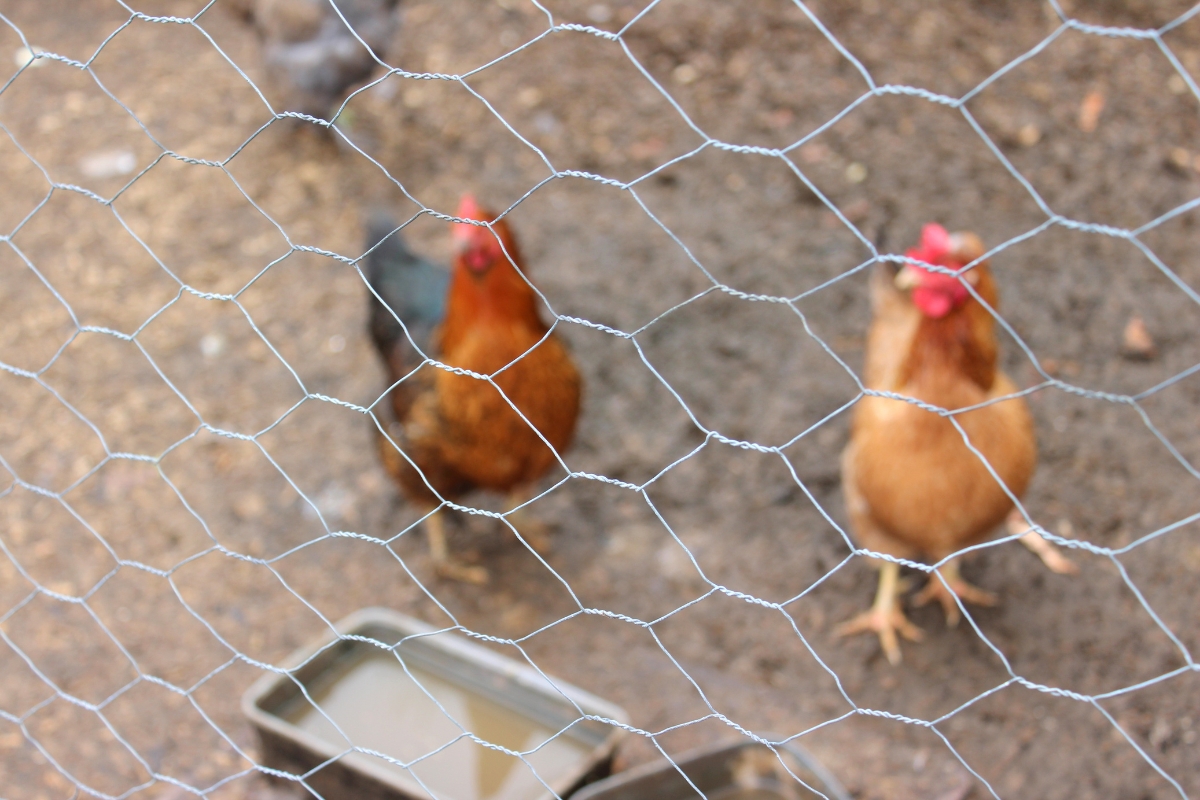
Feeding Chickens
If you start with chicks, they’ll need a “starter” formula that offers the best nutritional and supplemental ingredients. There are several brands and types to choose from, with organic options available. This formula will have proteins, vitamins, amino acids, and minerals, and chicks should eat this diet for at least their first eight weeks. That way, they will receive the best support for immunity and bone health before moving to the next feed option.
Pullets can get the same food as the rest of your chickens of any age, aside from chicks, of course. A good grower feed is recommended from eight to eighteen weeks, and then you can feed layer pellets. The difference between grower feed and laying pellets is that the layer formula contains more calcium, which is necessary for a good, strong eggshell.
You can also make many additions to keep your chickens healthy, happy, and nutritionally balanced. Feel free to include cooked beans, rice, corn, leafy greens, cereals and grains that contain no sugar, and lots of other fruits and veggies.
Chicken Watering Options
You’ll find many chicken watering options, including specially made watering cups attached to buckets or barrels. You can also use a watering trough as long as you can ensure the water is kept fresh and free of dirt and debris. Other options include bottle holders, siphons, and nipple drinkers.
On average, chickens need at least a pint of water per day, per chicken, excluding sweltering days, when they’ll need much more.
Medical Needs
A healthy chicken is a happy chicken and leads to happy chicken owners. To ensure the best health for your flock, provide all the basics, as mentioned above, which is the best place to start.
You may have heard it said that an ounce of prevention is worth a pound of cure, and that’s true of chickens as well. It’s much easier to prevent mites, lice, and parasites than to treat them, so it’s important to be on guard.
The best way to do this is by keeping the coop clean, offering a spot for dust baths, and planting lavender, lemon balm, or mint around the enclosure to deter various pests.
Unfortunately, worms can happen, even if you follow all the best advice, and treatment is sometimes necessary. If you treat your flock for worms, you’ll have to throw away all the eggs you gather for the following two weeks.
Some health issues are hard to plan for, so it’s always best to keep a chicken first-aid kit on hand. We’ve had to use this several times and can’t say enough about the importance of having it. It should include the following:
- Vetericyn Poultry Spray (wound care)
- Vetrap (wound care)
- Chlorhexidine 2% (antifungal/antibacterial for cleaning and sanitizing)
- Styptic powder (nail and beak bleeding)
- Superglue (repairing broken beaks)
- Dremel or clippers (for trimming nails and beaks)
- Scissors
- Tweezers
- Gauze pads (non-stick)
- Disposable gloves
- LED headlamp
- Vitamins/electrolytes (dehydration)
- Epsom salt (feet soaking)
- The phone numbers for the closest avian veterinarian and/or extension service agent
You can add many other options to your chicken first aid kit based on your specific needs, so be ready to do so as necessary.
In the case of an injured bird you plan to treat at home, be ready to prepare a “sick bay” to separate them from the rest of the flock. A rabbit hutch is a good option, but you can also use a large, modified tote, dog crate or cat carrier, depending on the injury.


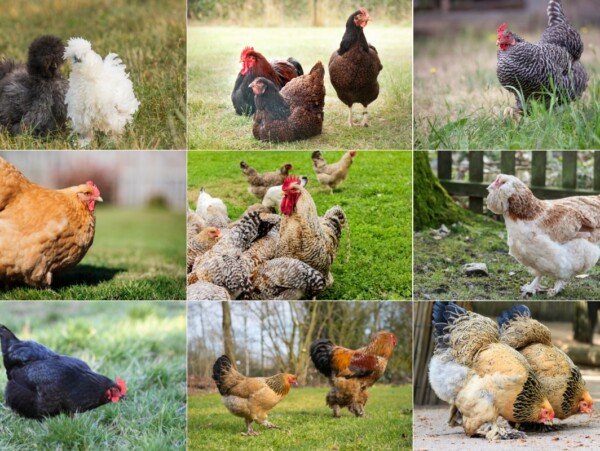
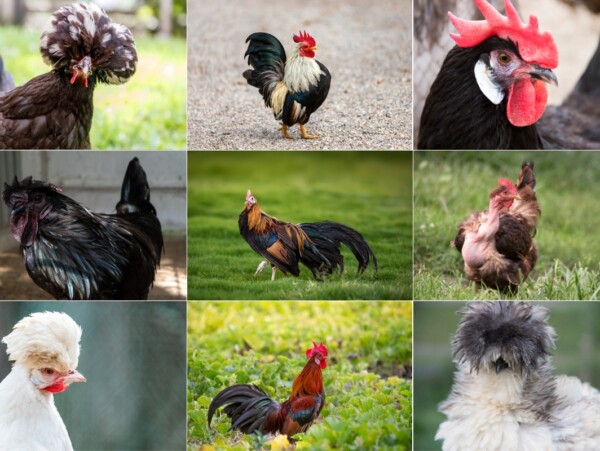
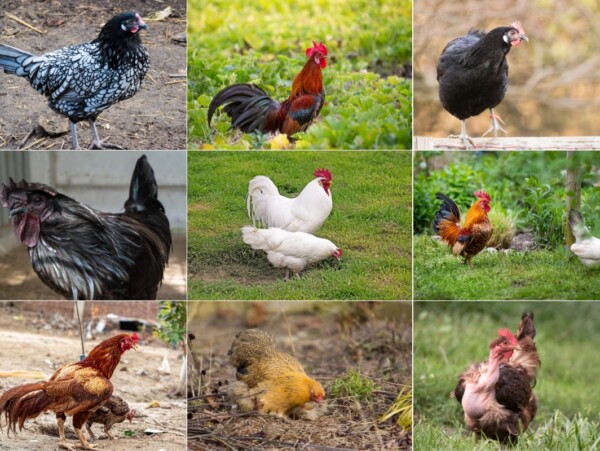










I have cats and dogs. How do other pets do with back yard chickens?
It really depends on the animal (dog/cat) in question. Some dogs love chickens and defend them as their own babies…others think they’re a tasty snack.
You mention in your article that dogs are not useful. This is far from the truth. They protect us, they give
us so much love, they can let us know when we have a disease, they are used for search and rescue, the
list goes on and on. Also you left off what can attack your chickens such as; vultures and snakes etc.
Thank you for sharing your feedback. Dogs certainly have their place for sure but they don’t give us eggs or chicken. 😊 There is a section in the post that addresses predator protection. Snakes are specifically mentioned and it is recommended to use the smaller hardware cloth as opposed to standard chicken wire.